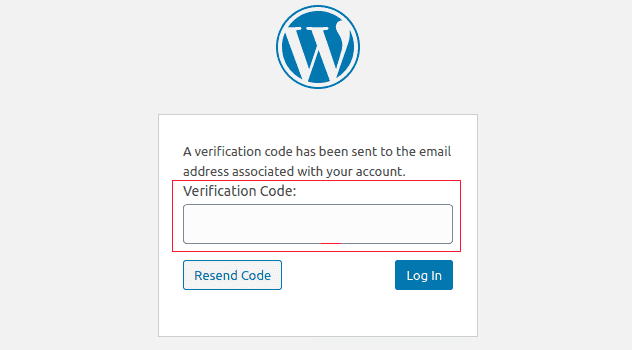WordPress continues to dominate the web, powering over 40% of all websites worldwide in 2025. Its popularity makes it a prime target for hackers, malware attacks, and brute-force login attempts. From small personal blogs to large e-commerce platforms, no website is immune to security risks.
In today’s rapidly evolving cybersecurity landscape, securing your WordPress website isn’t just about installing a plugin or updating a theme—it requires a comprehensive, proactive approach. A hacked site can lead to lost data, damaged reputation, and even financial losses.
This guide will walk you through step-by-step strategies to secure your WordPress site in 2025, covering updates, login security, backups, monitoring, and more. By the end, you’ll have actionable steps that can drastically reduce your risk of being hacked.


Outdated software is the most common way hackers gain access. WordPress regularly releases updates to patch vulnerabilities, and plugins or themes often follow suit.
Best Practices:
Always update the WordPress core immediately after a new release.
Update plugins and themes regularly, preferably on a staging environment first.
Delete unused or inactive plugins/themes to reduce your attack surface.
Pro Tip: Consider using a plugin like WP Updates Notifier to get email alerts for updates.
Weak passwords are an open invitation to hackers. Even if your WordPress site is up-to-date, an easy-to-guess password can compromise your entire website.
Action Steps:
Use long, unique passwords with a mix of letters, numbers, and symbols.
Avoid generic usernames like “admin.”
Enable 2FA using plugins like Wordfence, Goo
gle Authenticator, or Duo Security.
Security plugins act as your first line of defense against hackers. They can prevent malicious logins, monitor for malware, and block suspicious activity.
Recommended Plugins:
Wordfence Security: Firewall, malware scanning, login protection.
Sucuri Security: Activity auditing, malware cleanup, security hardening.
iThemes Security: Brute force protection, file change detection, two-factor authentication.
Pro Tip: Schedule weekly malware scans and enable email alerts for any suspicious activity.
Hackers often target the default login page at /wp-admin. By securing your login page, you can prevent brute-force attacks.
Steps to Secure Login:
Limit login attempts to reduce brute-force attacks.
Change the default login URL using plugins like WPS Hide Login.
Add Google reCAPTCHA or hCaptcha to login forms.
No security setup is complete without backups. If a hacker succeeds, a backup allows you to restore your website quickly.
Tips for Backups:
Use plugins like UpdraftPlus, BackupBuddy, or VaultPress.
Schedule automatic backups daily or weekly depending on website activity.
Store backups offsite (Dropbox, Google Drive, or external servers).
Periodically test restoring your site from a backup to ensure reliability.
An SSL certificate encrypts the data transmitted between your website and visitors, protecting login credentials and sensitive information.
Secure Hosting Tips:
Choose hosts with strong security measures, daily backups, and malware scanning.
Enable server-level firewalls and intrusion detection.
Keep PHP and MySQL updated on the server.

Every user account is a potential entry point for hackers. Restrict access to only what’s necessary.
Steps:
Assign roles carefully: Admin, Editor, Author, Contributor, Subscriber.
Audit user accounts regularly and delete inactive users.
Use plugins like User Role Editor to fine-tune permissions.
Even with all precautions, constant monitoring is crucial. Security monitoring plugins can detect suspicious activity in real-time.
Monitoring Tips:
Enable email alerts for failed logins or unusual activity.
Schedule weekly malware scans.
Consider services like Sucuri SiteCheck for external monitoring.
Securing your WordPress website in 2025 requires a proactive, multi-layered approach. By combining updates, strong passwords, security plugins, backups, secure hosting, and ongoing monitoring, you can significantly reduce your risk of hacks.
Don’t wait for a cyberattack to happen—start implementing these measures today and keep your website safe and secure.